Bug Library
Each month ACIPC publishes a Bug of the Month article in our newsletter, IPC News. Below are all of the bugs we have covered so far.
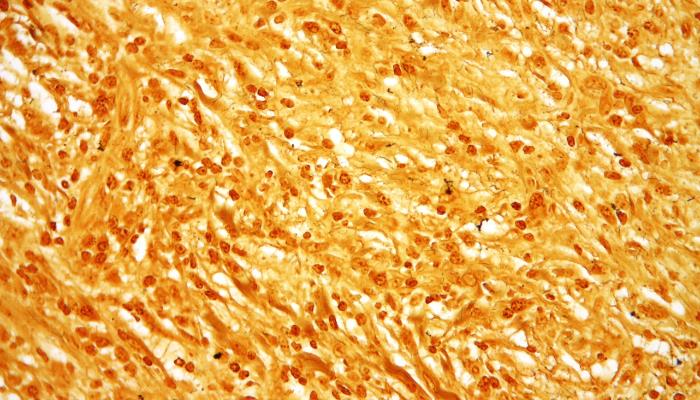
Syphilis
What is it? Syphilis is a sexually transmissible infection (STI) caused by the bacterium Treponema pallidum. It progresses through primary,...
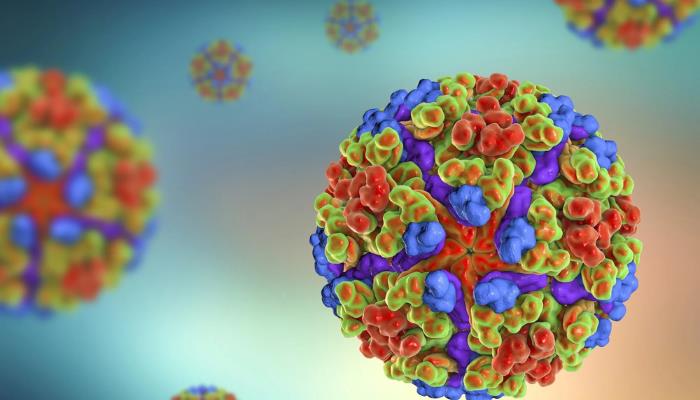
Chikungunya
Chikungunya virus What is it? Chikungunya is vector-borne viral disease that is caused by the chikungunya virus1,2. It is prevalent in the...
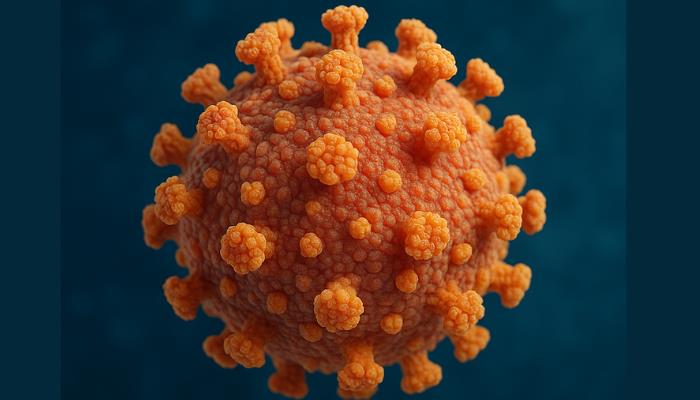
Hepatitis
Hepatitis Hepatitis refers to inflammation of the liver, most commonly caused by hepatotropic viruses, but it can also result from toxins, drugs,...
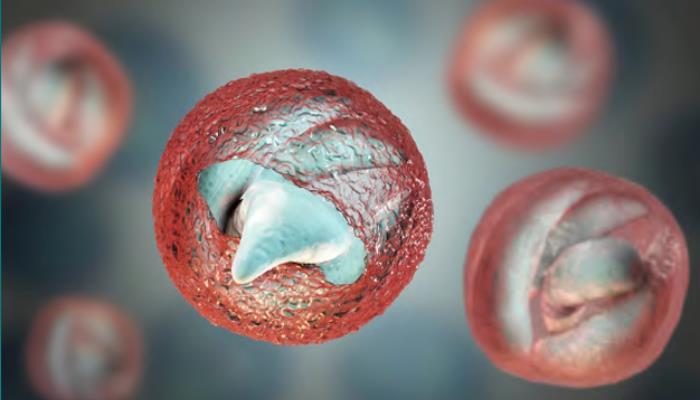
Crypto – sporidiosis
Cryptosporidiosis Cryptosporidiosis is a gastrointestinal illness caused by Cryptosporidium parasites, primarily C. hominis and C. parvum....
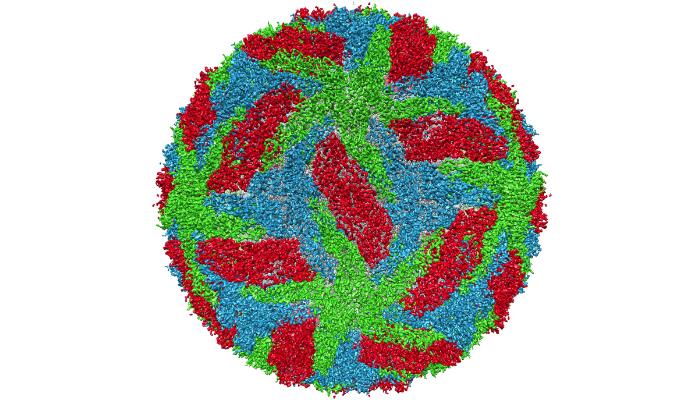
Dengue Fever
Dengue fever What is it? Dengue fever is a viral infection that is transmitted through the bite of infected mosquitos, and is prevalent in tropical...
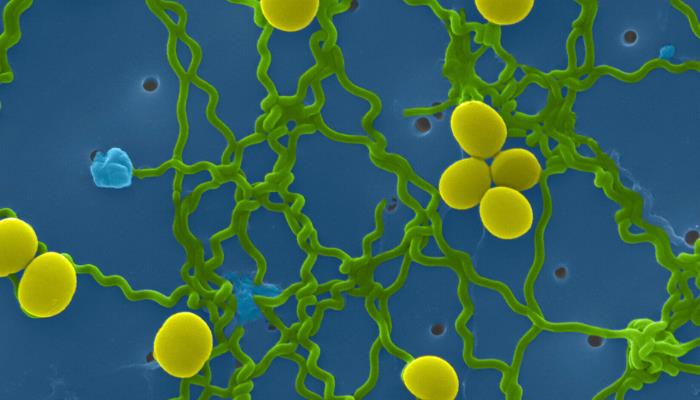
Leptospira
Leptospira What is it? Leptospirosis is a disease caused by infection with the bacteria Leptospira, that can be found in contaminated water or soil...
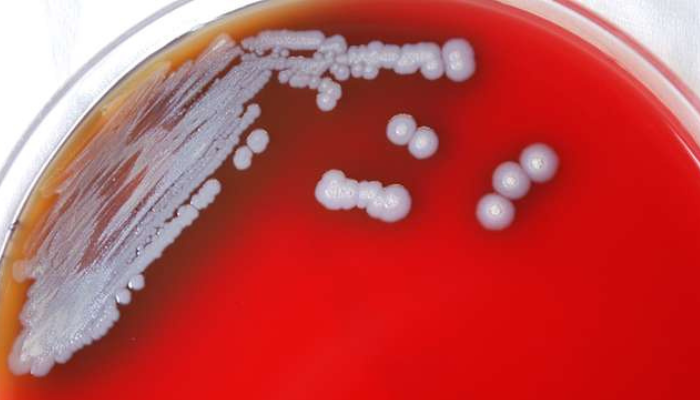
Meliodosis
Burkholderia Pseudomallei What is it? Melioidosis is a disease of humans and animals that is caused by the bacterium Burkholderia pseudomallei, a...
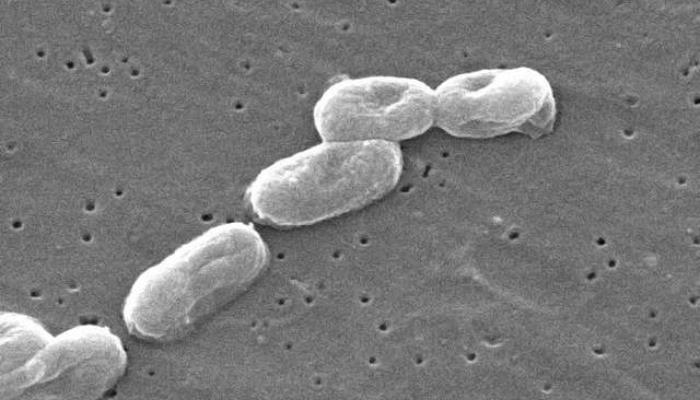
Burkholderia cepacia
Burkholderia cepacia (B. cepacia) Burkholderia cepacia (B. cepacia) is a gram-negative, motile, non-spore-forming bacterium. It is a species of...
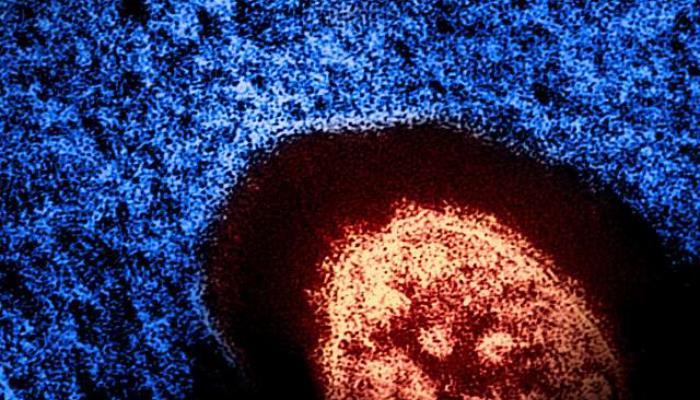
Measles
What is it? Measles is a highly infectious acute viral disease, that can cause serious medical complications. In 2014 the World Health Organization...
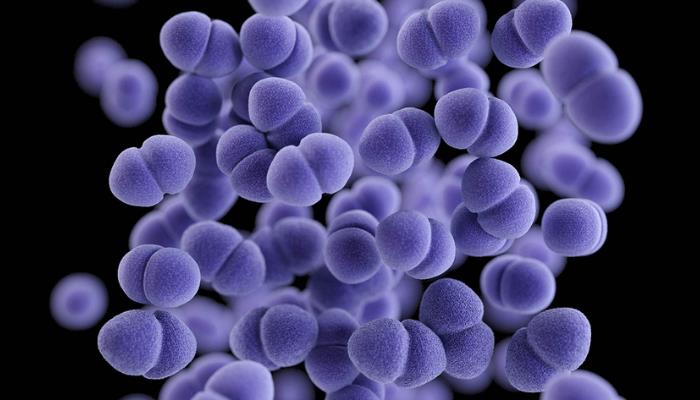
LRE and LR-VRE
Linezolid-resistant enterococci (LRE) and linezolid-resistant vancomycin-resistant enterococci (LR-VRE) Linezolid-resistant enterococci (LRE) and...
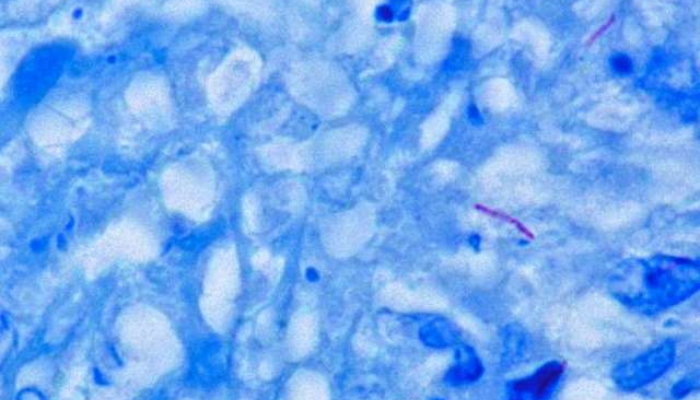
Tuberculosis
Mycobacterium tuberculosis What is it? Mycobacterium tuberculosis (M. tuberculosis) is the bacterium that causes Tuberculosis (TB) an infectious...
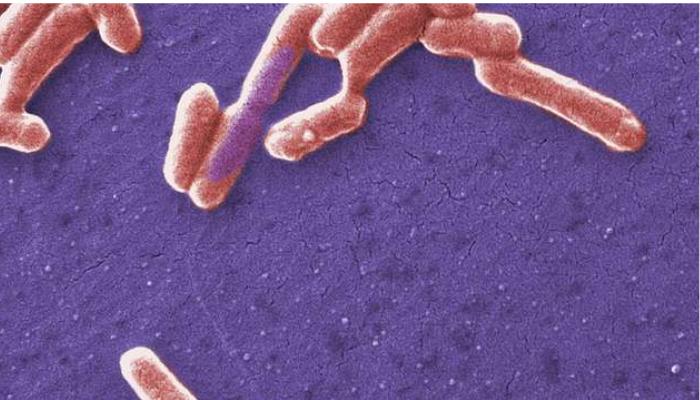
Escherichia Coli
Escherichia coli (E. coli) Escherichia coli (E. coli) is a gram-negative, rod-shaped bacterium commonly found in the intestines of humans and...


